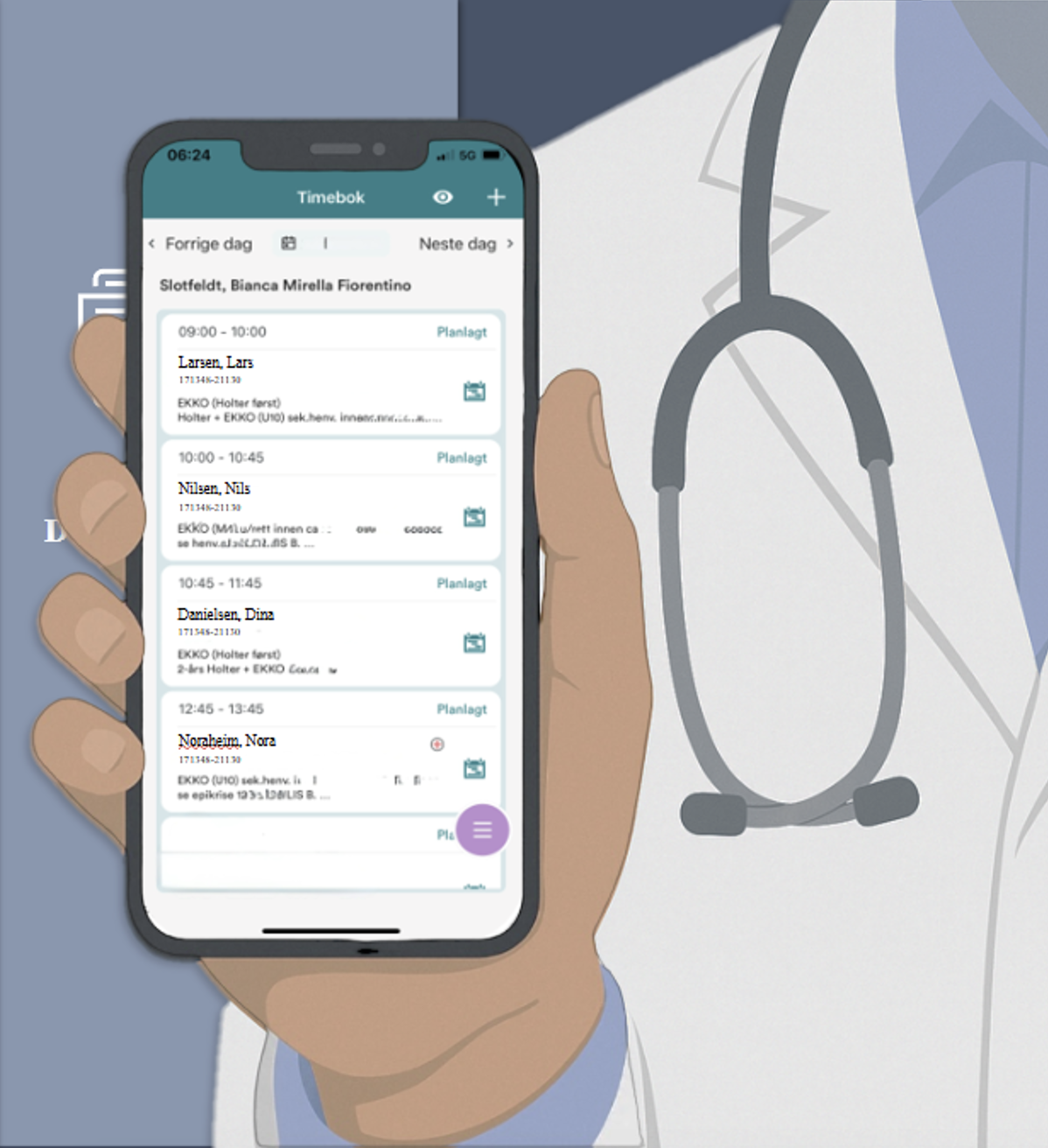She Saves 30 Minutes per Patient with Arena Mobile

“Arena Mobile removes bottlenecks and streamlines everyday hospital life” says Dr. Bianca Fiorentino Slotfeldt in Stavanger University Hospital. The effects are so transformative it has marked a critical juncture in her professional life: before and after she gained access to the DIPS Arena EHR solution on her mobile phone.
“This is a solution that has completely changed my workday. With Arena Mobile I experience being in flow, and thanks to everything I can do in the app along the way, I save several hours of administrative work every single day,” says Slotfeldt.
Previously, she was dependent on access to a computer to do her job and felt like a bottleneck for patients and colleagues. Much of a hospital’s workflow depends on physicians’ decisions and documentation, yet in practice there has not been enough time allocated for documentation to be done continuously. This is especially true in an emergency department, where doctors are constantly required to move on to the next patient.
“The backlog is one thing, but the worst part is knowing that you are the reason vulnerable patients end up waiting unnecessarily long. Before, a patient could remain in the emergency department for several hours simply because I hadn’t had the time to write the treatment plan. You know your colleagues get extra work, and you go home after a 15-hour shift feeling that you weren’t enough,” she explains.
Slotfeldt shares that she began to feel powerless in a system that made it increasingly difficult for her to be the kind of hospital physician she wanted to be. But then the “Arena Mobile” app appeared on her work phone.
“This is a solution that has completely changed my workday. With Arena Mobile I experience being in flow, and thanks to everything I can do in the app along the way, I save several hours of administrative work every single day.”

On a regular shift, Dr. Bianca Fiorentino Slotfeldt estimates that she saves about 30 minutes of administrative time per patient when using Arena Mobile. On a typical shift, that adds up to around four hours of work saved—every single day!
About Bianca:
Bianca Fiorentino Slotfeldt is half Norwegian and half American and grew up in California. She eventually realized that she would not be able to finance a medical education in the United States.
To fulfill her dream of becoming a physician, she first moved to Norway to learn the language and then moved to Hungary to study medicine. After completing her studies, she was offered a position as a physician in specialization in England but turned it down to pursue a career in Norway. She is now a resident physician at Stavanger University Hospital, specializing in cardiology.
Real-Time Documentation
“In Arena Mobile I have access to the entire patient record and can document in real time,” she says, elaborating:
“With Arena Mobile I can write a short plan for the patient while I’m standing in another department, which allows the nurse to admit the patient directly from the emergency department. I can start or prepare notes along the way. Arena Mobile provides better documentation, improved patient safety—and makes me more available to more patients.”
In nearly every spare moment she can be found with the phone in her hand. She explains how the app accelerates medical decision-making, streamlines collaboration, minimizes documentation delays, ensures interventions in real time, notifications when test results are available, and generally reduces the need for computer access.
“In addition, the flow of information in acute and complex patient pathways improves because I now have continuous access to relevant patient information. And perhaps most importantly: I feel that the app frees up cognitive capacity,” says the hospital physician.

After discovering the Arena Mobile app, Bianca Fiorentino Slotfeldt took the initiative to create the lecture “The Hospital in Your Pocket” to show other physicians the opportunities that come with using the mobile app. Here she is on stage during the DIPS Forum in June 2025.
Saving 30 Minutes per Patient
Slotfeldt is employed at the Department of Cardiology at Stavanger University Hospital, and on her path to becoming a cardiologist she rotates between the ward, the outpatient clinic, and the emergency department. She has independently taken the initiative to get as many doctors as possible to start using Arena Mobile.
“Physicians spend 40–50 percent of their workday on record-keeping and administrative tasks. This everyday reality tied to administration and documentation is not an IT problem: it is a systemic issue with substantial patient safety implications —and it costs more than we think,” she emphasizes. Slotfeldt has done calculations in her own workday and concluded that on a normal shift she saves about 30 minutes per patient when she uses the Arena Mobile app.
She explains that including documentation time, she normally spends between 70 and 90 minutes of work per patient when not using Arena Mobile. During a regular shift with responsibility for eight patients it means she saves about four hours daily when using Arena Mobile!
Gatekeepers of Patient Flow
“In the past I could have shifts where I had no access to a computer for five hours, and I would end up with an administrative backlog that I often had to finish after working hours just to catch up. The worst part of this backlog was the stress I felt because so many people were waiting on my documented decisions,” Slotfeldt explains.
She knows that many physicians still face the same challenge:
“If you want to create real change in healthcare, you have to reach the doctors! Physicians are the gatekeepers of the entire patient flow. The difference between me sending a referral at 9:15 AM instead of 2:15 PM—when I might finally have computer access and time—can mean the patient is spared one, two, or even three hospital days.” She has herself experienced patients who remained hospitalized for two extra weeks simply because a physician’s decision was missing
Most interventions are not based on a single decision, but rather doctors make more than a hundred decisions, big and small, every single day, and a delay in any of these have ripple effects throughout the rest of the patient pathway “Even the simplest measures require medical approval, and the physician is not always available. Every decision we make triggers a chain of events. We are involved in starting, adjusting, and concluding treatment pathways. The patient record is the centralized account of our clinical reasoning, and justification of our assessments and decisions. What we write must be verifiable both professionally and legally afterwards, as well as allow the next physician to take over the patient without loss of information in the process” she explains.
These interdependencies, combined with a lack of suitable tools to facilitate real-time collaboration and unrealistic allocation of time in a day to comply with the ever-increasing documentation requirements became increasingly frustrating.

Available in DIPS Arena Mobile:
• Access to patient records and medical history• Critical information in real time
• Full-text search in records
• Blood tests results and real-time updates
• Test results and examinations
• Overview of patient pathway
• Personal notes and patient lists
• Long-term follow-up of patient pathways
• Schedule for outpatient appointments
• Case and procedure log for specialization training

No matter where she is—in the elevator, on her way to or from the outpatient clinic, in the brief seconds before a meeting starts, in every spare moment, what used to be considered “dead time”—Dr. Bianca Fiorentino Slotfeldt now carries out administrative medical tasks through Arena Mobile.
Transforming Everyday Work
Slotfeldt takes a short pause and declares:
“But now there is hope! Arena Mobile is a solution that has completely transformed my everyday work!”
Bianca Fiorentino Slotfeldt has an above-average interest in technology and firmly believes that technology can help give physicians “time back.” The time that various IT systems have stolen in recent years—because of functions that “only take one extra minute”—can once again be used for presence and professionalism.
“DIPS Arena has laid the tracks and is leading the way for everything that comes next. For example, DIPS has developed an impressive AI solution for automatic speech-to-summary, but we probably won’t be able to use it before 2027. The pilot started this fall,” she says.
“Just think how much could be solved simply by making proper use of the tools that have already been developed!”
The Results Are In: Before and After Arena Mobile
Bianca Fiorentino Slotfeldt has calculated time use and information flow for a workday with and without Arena Mobile. Here are her results:
WITHOUT ARENA MOBILE (8 patients, time spent between 10 and 11 hours):
| Task | Description | Time per patient | Time total |
|
Preparation |
Chart review, medication reconciliation, preliminary plan, early orders | 10-20 min. | 2-2,5 hours |
| Ward round | Conversations, examinations, clarifications, information | 10-15 min. | 1,5-2 hours |
| Follow-up work | Notes, referrals and orders, evaluating treatment plan for nurses and care goals during the stay, related tasks | 20-25 min. | 3 hours |
| Ongoing follow-up | Checking lab results, imaging, own procedures, waiting for results | 15-20 min. | 2-2,5 hours |
| Communication | Finding people, giving/verifying messages, meetings | 10-15 min. | 1,5-2 hours |
| Sum | 70-90 min. | 11-12 hours | |
WITH ARENA MOBILE (8 patients, time spent between 7 and 8 hours):
| Improvement | Description | Time saved per patient |
|
Continuous access to information |
Search for blood tests, microbiology results, medications, appointments, allergies directly in the app | 5-10 min. |
| Documentation | Short notes and dictation along the way | 5-10 min. |
| Avoiding “check it later” work | Clarifications happen directly during ward rounds | 3-5 min. |
| Communication | Messages via the app, no searching for people | 3-5 min. |
| Use of downtime | 4×5 minutes actively used during waiting time |
15-20 min. |
| Sum | Saves about 30 minutes per patient, and a total of around 4 hours during a workday. | |
Want to know more?
Do you have questions about the solution? Feel free to fill out the form below, and we'll be in touch!



